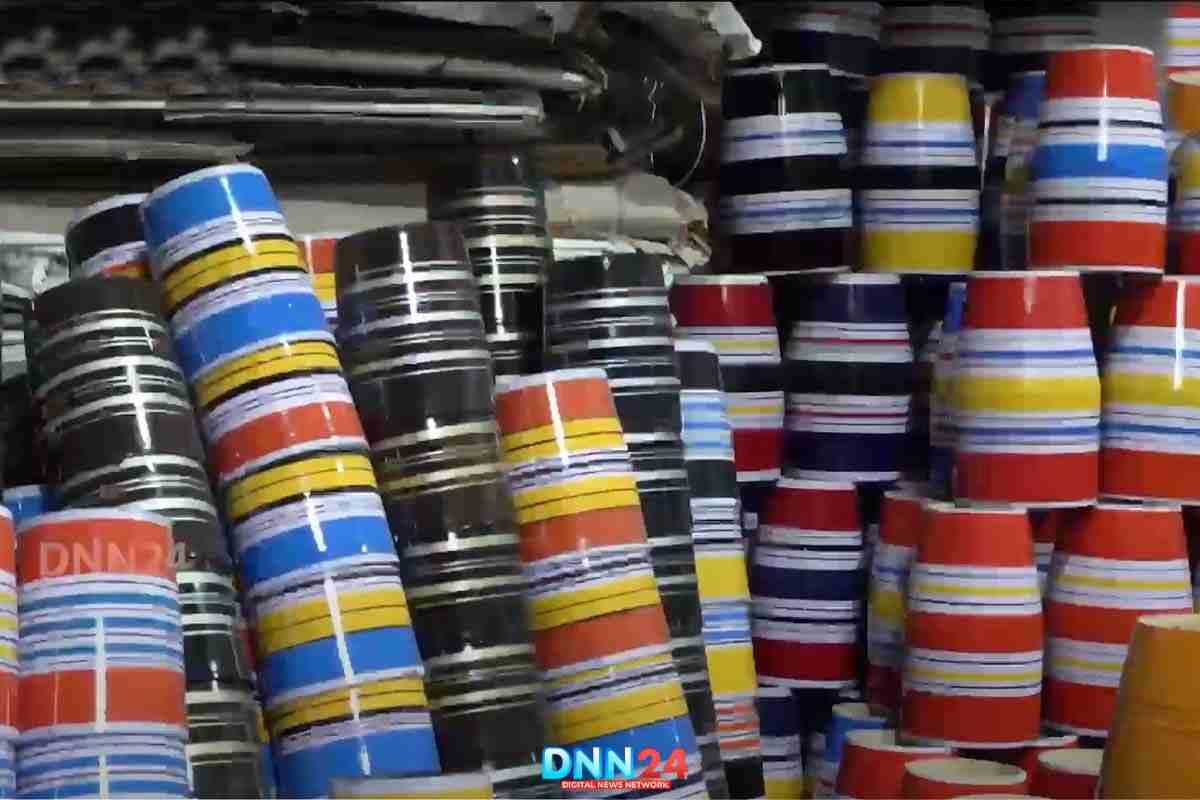Amroha, often dubbed the city of Dholak, holds a musical heritage that has transcended centuries. The resonance of Dholak and Tabla in this quaint city has captivated the local populace and has reverberated globally. In this article, we delve into the captivating world of Amroha’s Dholak industry, uncovering its rich history, craftsmanship, and global influence.
Amroha: The City of Dholak
A Conversation with Riyazuddin and Sarfaraz” – Dive into Uttar Pradesh’s unique specialties and rich history, including Mughal tales, as we spotlight Amroha, known as the “City of Dholak. If you’re curious about the unique specialties and historical significance of Uttar Pradesh’s cities, you’re in for a treat. With its rich tapestry of stories, including tales from the Mughal era, Uttar Pradesh holds a treasure trove of historical heritage. Today, our focus turns to Amroha, the city that proudly wears the title of the “City of Dholak.”
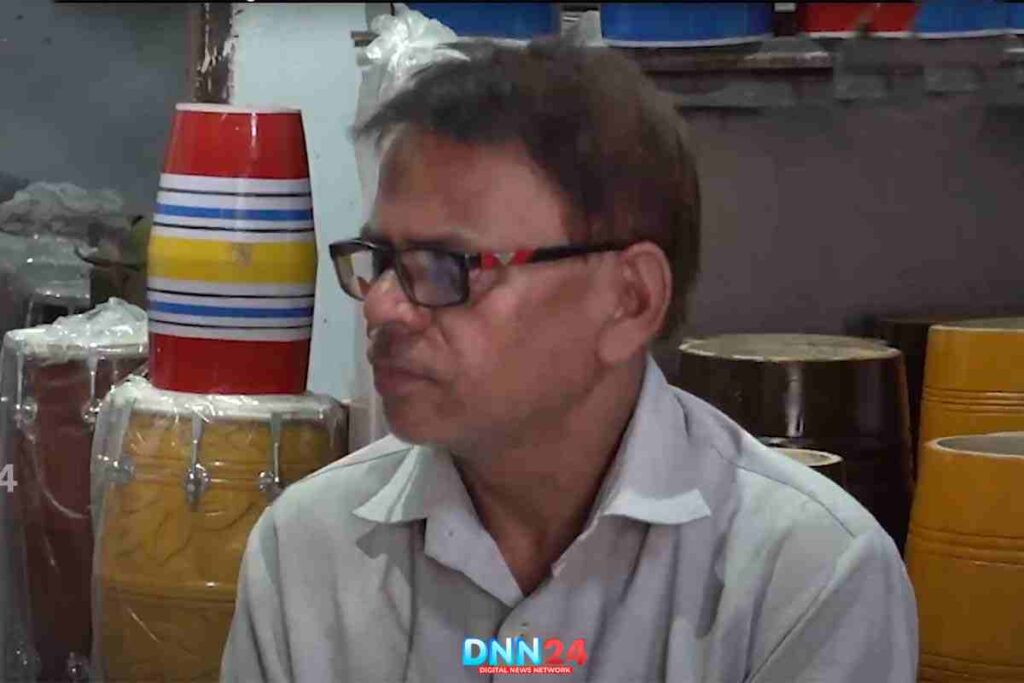
The Enchanting Beat of Dholak
The Dholak, a significant musical instrument, accompanies singing and dancing, breathing life into festivities and gatherings. Its history traces back to ancient times when it served various purposes, from religious rituals to battles and celebrations. The rhythmic beat of the it has a universal appeal, prompting people of all ages to move their feet to its vibrant sound.
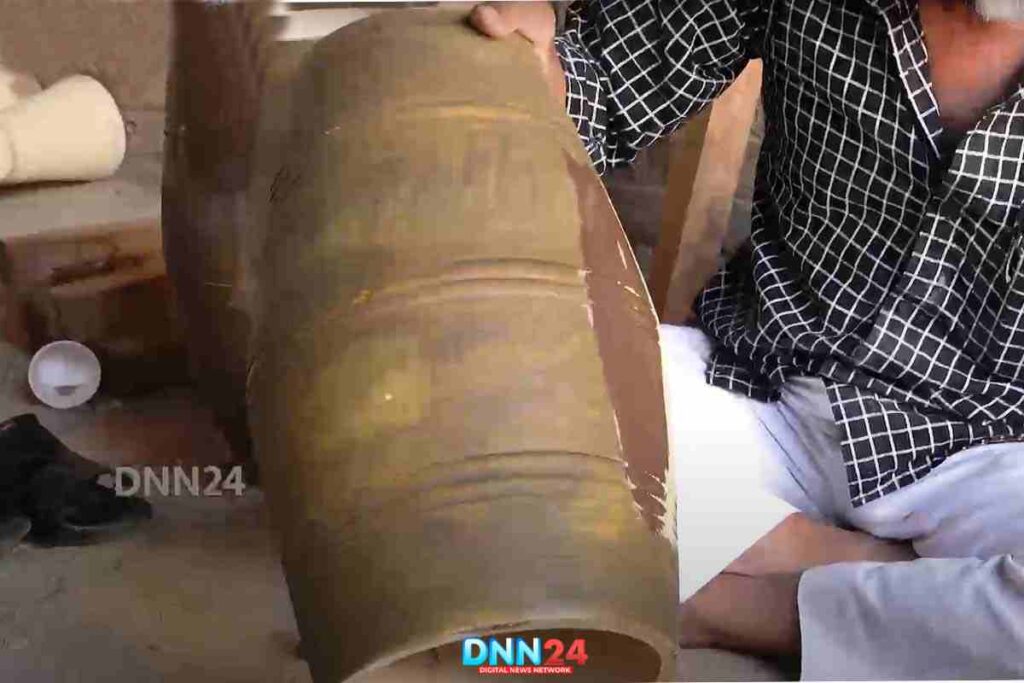
The Musical Marvel of Amroha
Amroha’s association with Dholak can be traced to its abundant mango orchards, birthing a unique style and craftsmanship in drum-making. Skilled artisans predominantly work with mango, rosewood, teak, or neem wood to craft these musical treasures. The craftsmanship of drums in Amroha is distinctive, with some drums being exclusive to this region.
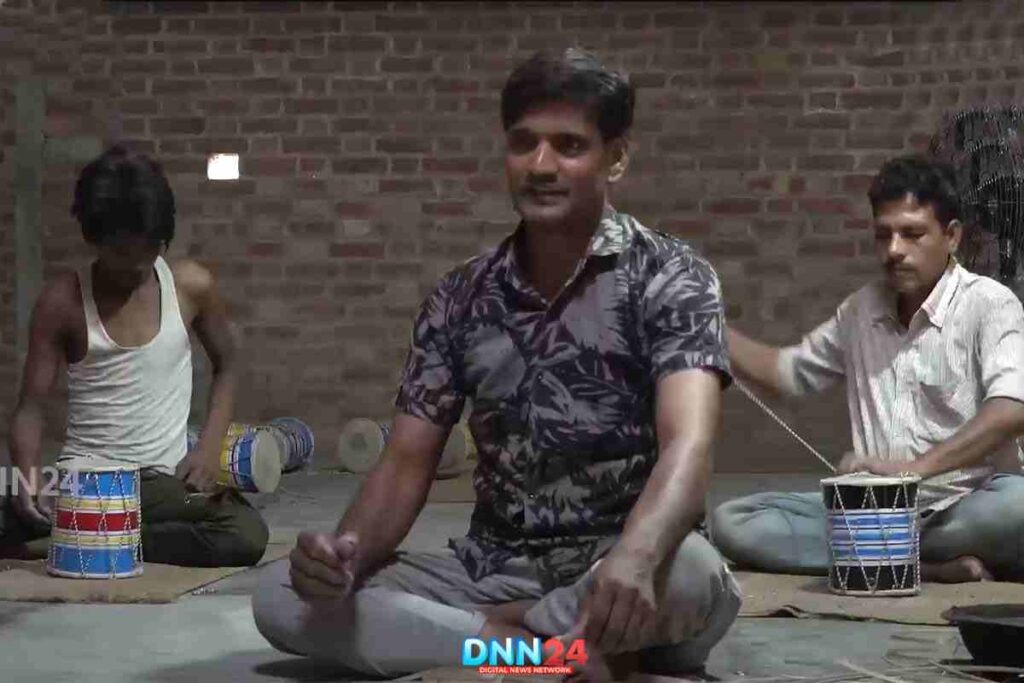
Echoes Across Borders
The demand for Amroha’s Dholak stretches far beyond its local boundaries. These drums, especially popular during the vibrant festival of Holi, witness extensive demand across India and even find their way to international markets. The rhythmic magic of Amroha’s Dholak unites people in the joyous celebration of Holi, showcasing the deep-rooted cultural significance of this musical marvel.

Crafting the Dholak
Crafting a Dholak is an art, taking around 5 to 6 days from wood cutting to final tuning. Traditionally, goat skin is used to create the drum’s resonant surface. However, modernization has brought about changes, with drums now utilizing nuts and bolts, albeit traditionalists still favor the classic rope drum for its unique music.
Navigating Challenges and Revival
The Dholak industry faced challenges due to tree-cutting bans and rising wood costs. The industry’s future looked uncertain until the adoption of poplar wood, a readily available and cost-effective alternative. This resurgence of materials breathed new life into the once-threatened the industry, leading to the revival of factories and the preservation of the musical legacy.
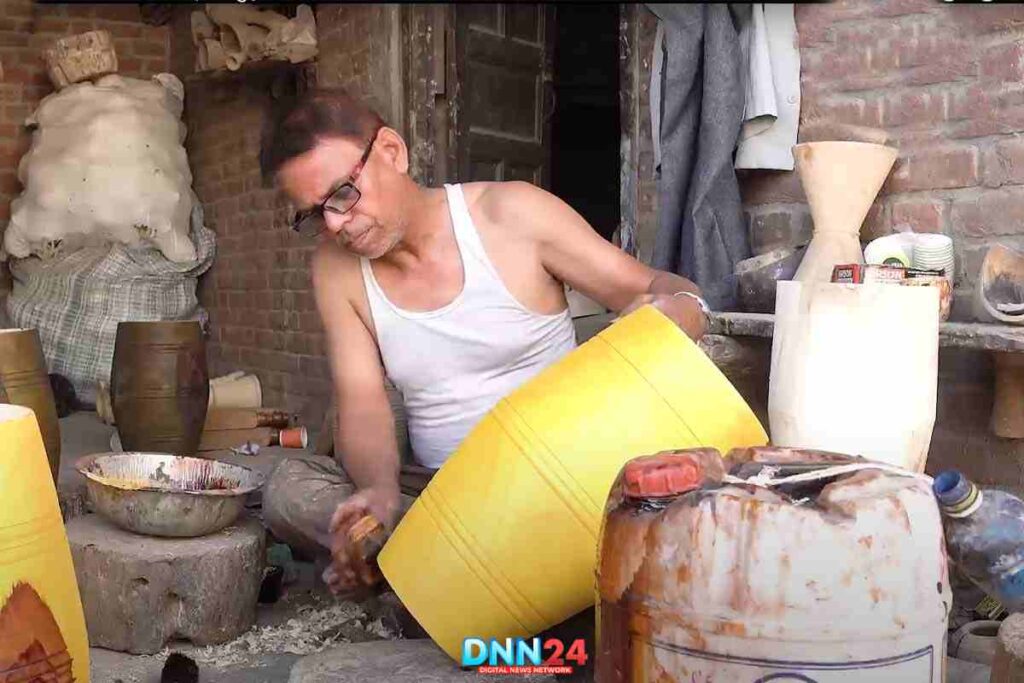
A Cultural Heritage
Amroha’s Dholak industry, steeped in tradition and craftsmanship, has now received recognition and support from the Uttar Pradesh government. Its inclusion in the ‘One District One Product’ initiative is a testament to its cultural significance and economic potential. This move promotes skilled artisans and safeguards a unique part of India’s musical heritage.
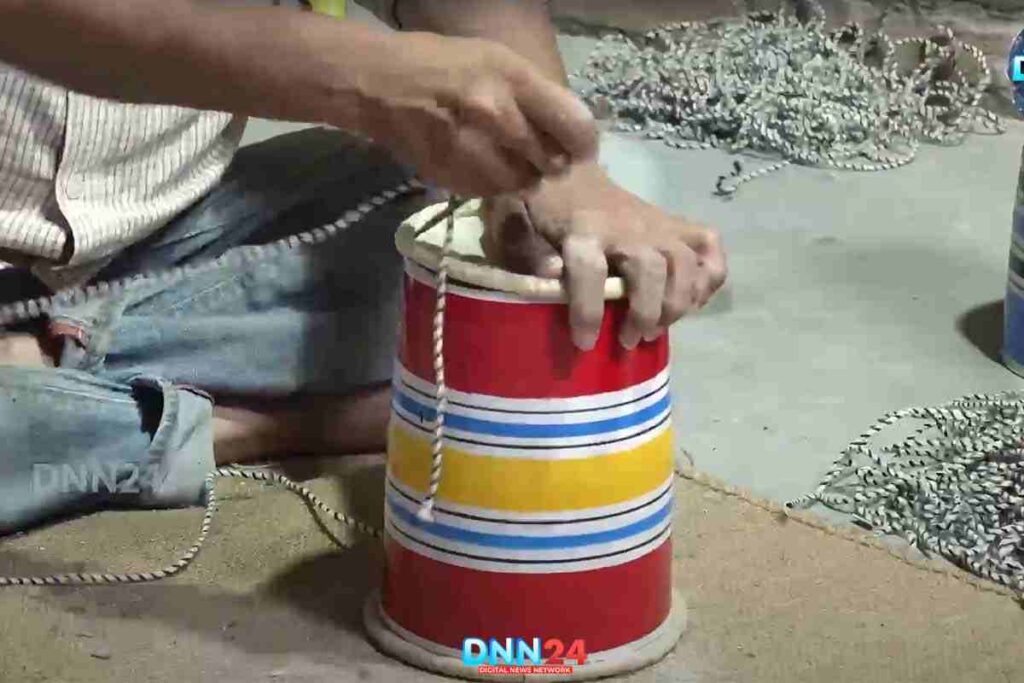
Conclusion
Amroha’s Dholak industry is more than just a business—it’s a rich tapestry of history, culture, and artistry. The rhythmic beats of Amroha’s It have transcended borders, captivating hearts and spreading the magic of music. The craft, resilience, and innovation this industry showcases stand as a beacon, ensuring that this musical legacy lives on for generations.
Also Read: Revolutionizing Fire Prevention: Srinagar’s Innovative Hero Mohd Shaiq
You can connect with DNN24 on Facebook, Twitter, and Instagram and subscribe to our YouTube channel.

